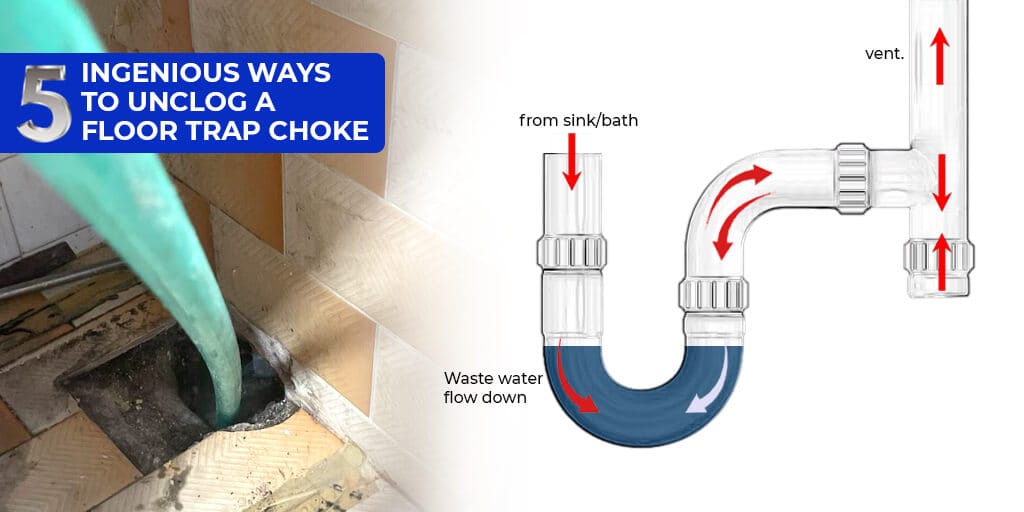A well-designed ceiling does more than just cover up pipes and wiring—it transforms the entire ambiance of a space. In Singapore’s humid climate, selecting the right False Ceiling Materials is essential for durability, comfort, and aesthetics.
Let’s explore three different scenarios where the right false ceiling material makes a world of difference.
The Cozy Haven – A Comfortable Home
Imagine stepping into a home that remains cool, quiet, and effortlessly stylish despite Singapore’s humid weather.
The right false ceiling materials, such as gypsum boards or wooden panels, improve insulation, reduce noise, and enhance your interior’s elegance.
Opting for moisture-resistant materials ensures longevity and prevents mold or damage, keeping your sanctuary inviting year-round.
The Powerhouse – An Efficient Office Space
In a professional setting, acoustics and lighting play a key role in productivity.
A well-chosen false ceiling can minimize noise distractions, making meetings and discussions more effective. Metal ceilings or gypsum boards provide a polished look while enhancing soundproofing.
A properly insulated ceiling fosters a comfortable, distraction-free work environment, boosting employee performance and focus.
The Electrifying Escape – A Party Club Experience
For entertainment venues, ambiance is everything.
A PVC false ceiling with integrated LED lighting sets a dynamic, visually stunning atmosphere. Soundproofing materials enhance music quality while preventing noise disturbances. Metal or acoustic ceiling panels help control reverberation, ensuring an immersive sound experience.
A well-designed ceiling elevates the energy of the space, making it a go-to destination for guests.
In this article, we are going to guide you how to choose the perfect false ceiling for your perfect space decoration according to Singapore’s atmosphere. Let’s dig into it now!
How to Choose the Right False Ceiling Materials for Singapore’s Climate?
Understanding False Ceilings
A false ceiling is a secondary ceiling installed below the original structure to enhance the look and functionality of a space.
Benefits:
- Concealing wiring and ductwork – Keeps interiors neat and clutter-free.
- Improving acoustics – Reduces echoes and enhances soundproofing.
- Enhancing thermal insulation – Helps maintain indoor temperatures.
- Aesthetic enhancement – Adds a modern and sophisticated touch to any room.
Common False Ceiling Materials Suitable for Singapore’s Climate

Choosing the right false ceiling board materials ensures longevity and performance in Singapore’s humid conditions. Here are some popular options:
- Gypsum Board: One of the most widely used materials, gypsum board for ceilings is lightweight, fire-resistant, and provides a smooth finish. However, it is prone to moisture damage and requires waterproofing measures in humid areas.
- Best suited for: Living rooms, bedrooms, and office spaces.
- Plaster of Paris (POP): POP ceiling materials allow intricate designs and a seamless finish. However, they can develop cracks in humid conditions if not properly sealed.
- Best suited for: Dry areas with controlled humidity levels.
- PVC (Polyvinyl Chloride) Panels: Highly moisture-resistant, PVC false ceiling materials are perfect for areas exposed to high humidity, such as bathrooms and kitchens. They are low-maintenance and come in a variety of styles.
- Best suited for: Bathrooms, kitchens, and commercial spaces..
- Metal Ceilings (Aluminum or Steel): Metal suspended ceiling materials offer durability and resistance to moisture, making them ideal for humid environments. They have a sleek, modern appearance but may require extra insulation for soundproofing.
- Best suited for: Commercial spaces, kitchens, and industrial settings.
- Wooden Panels: A wooden false ceiling brings warmth and elegance to any space. However, wood can warp or decay in high humidity unless properly treated and sealed.
- Best suited for: Living rooms and bedrooms (with proper moisture protection).
Factors to Consider When Choosing Materials
- Moisture Resistance: Singapore’s climate is humid, so choosing waterproof ceiling materials is crucial for longevity and durability.
- Thermal Insulation: Good insulated ceiling panels help regulate indoor temperatures, reducing the need for excessive air conditioning and cutting down energy costs.
- Acoustic Properties: Soundproof false ceiling materials can improve noise reduction, making your home more peaceful and comfortable.
- Maintenance Requirements: Opt for low-maintenance ceiling materials that are easy to clean and can withstand humidity without frequent repairs.
- Aesthetic Compatibility: The material should complement your interior ceiling design materials and blend seamlessly with your decor.
Conclusion
Choosing the right false ceiling design materials in Singapore ensures both beauty and functionality. Whether you opt for gypsum board ceilings, PVC false ceilings, or metal panels, each material offers unique benefits. Consulting professionals can help you find the best option that balances durability, insulation, and style.
Wanna enhance your space? Contact us today to withstand your space Singapore’s climate effortlessly!
FAQs:
- What type of material do we use for a false ceiling?
Gypsum, PVC, metal, POP and wood are common materials because they provide durability together with attractive visual appeal.
- What material is used for false ceilings?
Residents in Singapore favor gypsum alongside PVC materials due to moisture resistance alongside low-maintenance needs.
- What material is used in ceilings?
Gypsum boards and metal along with POP and PVC are used which provide insulation properties and noise reduction advantages.
- What is the cheapest material for false ceilings?
PVC panels cost SGD 3 – SGD 6 per sq. ft.
- What are some popular materials used in false ceilings ?
The top construction materials for ceilings include gypsum board and PVC and metal and POP that work best in various spaces under different climate conditions.


